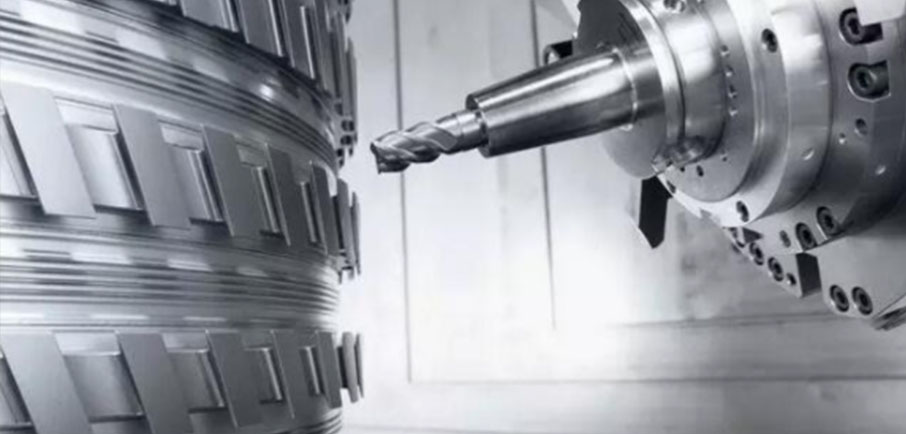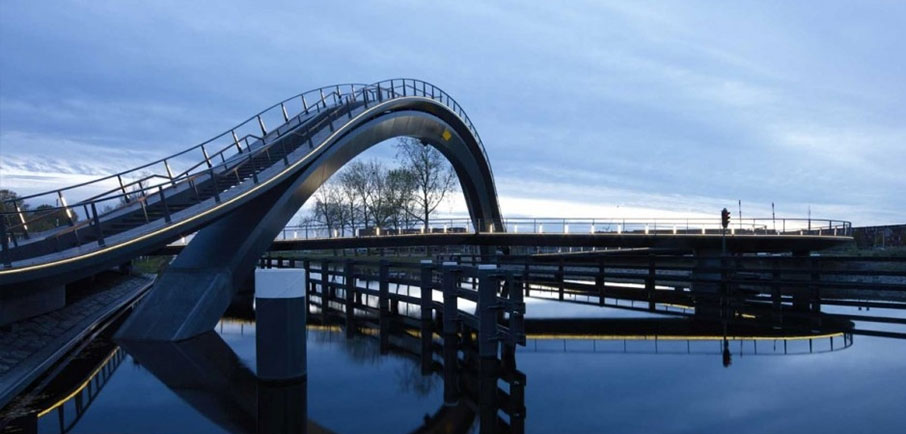
Case show1
With the development of science, technology and industry, higher requirements are put forward for materials, such as higher strength, resistance to high temperature, high pressure, low temperature, corrosion resistance, abrasion, and other special physical and chemical properties. fulfil requirements.
Shortcomings of carbon steel:
(1) Low hardenability. Under normal circumstances, the maximum quenching diameter of carbon steel water quenching is only 10mm-20mm.
(2) The strength and yield ratio are low. For example, the σs of ordinary carbon steel Q235 steel is 235MPa, and the σs of low-alloy structural steel 16Mn is more than 360MPa. The σs/σb of 40 steel is only 0.43, which is much lower than that of alloy steel.
(3) Poor tempering stability. Due to the poor tempering stability, a lower tempering temperature is required to ensure higher strength when carbon steel is quenched and tempered, so that the toughness of the steel is low; in order to ensure better toughness, high tempering is used The strength is low at temperature, so the comprehensive mechanical properties of carbon steel are not high.
(4) Cannot meet the requirements of special performance. Carbon steel is often inferior in terms of oxidation resistance, corrosion resistance, heat resistance, low temperature resistance, abrasion resistance, and special electromagnetic properties, and cannot meet the needs of special performance.
- No Prev
-

- NEXT >




